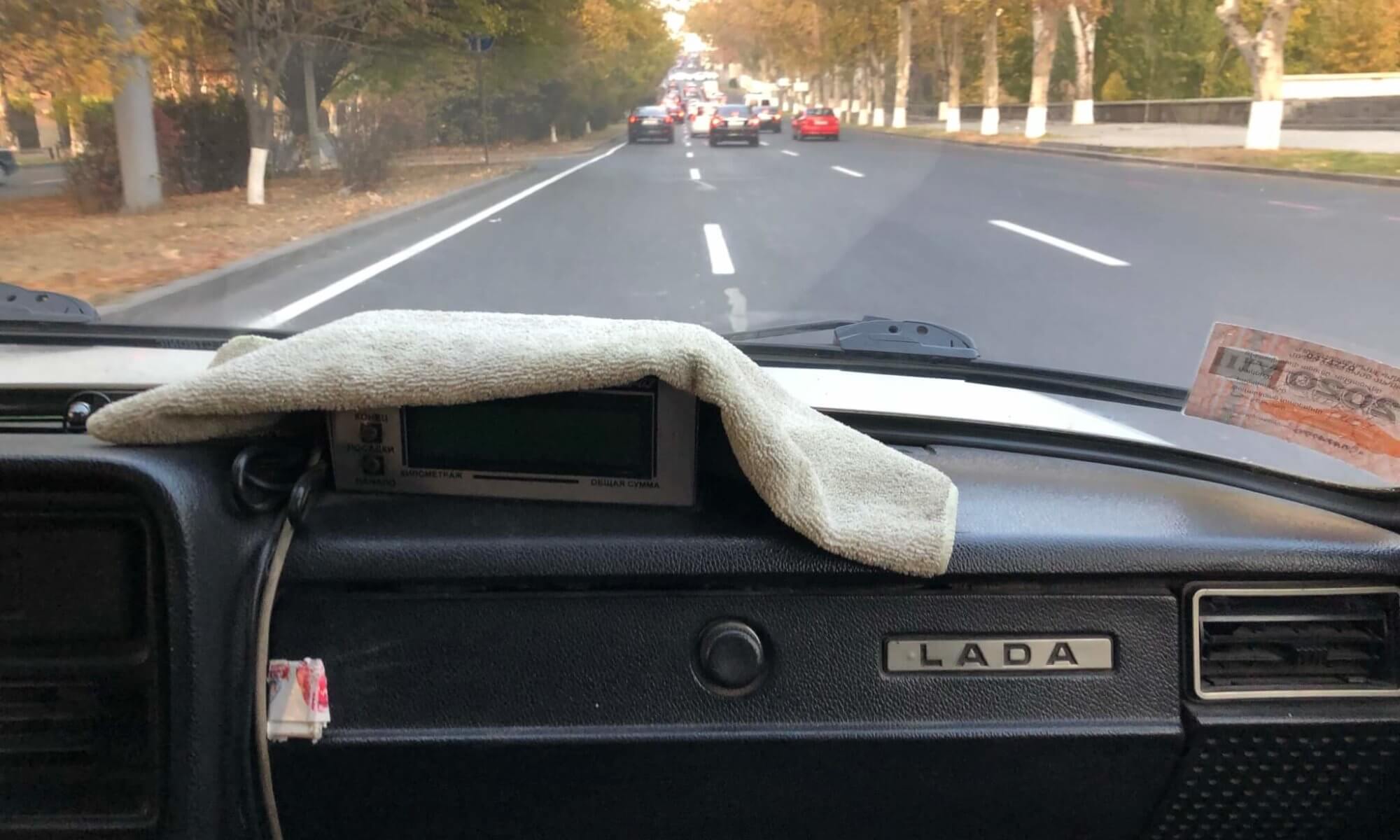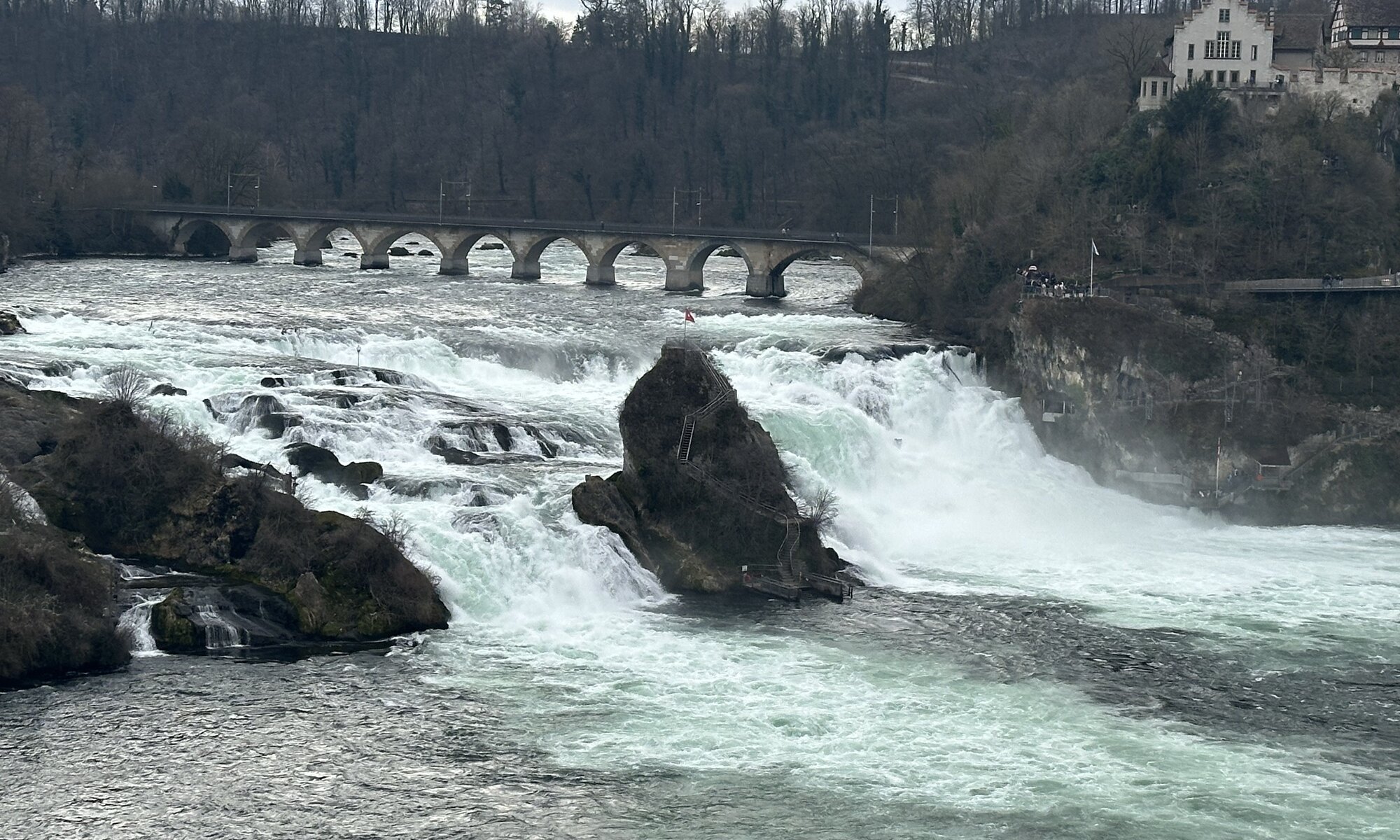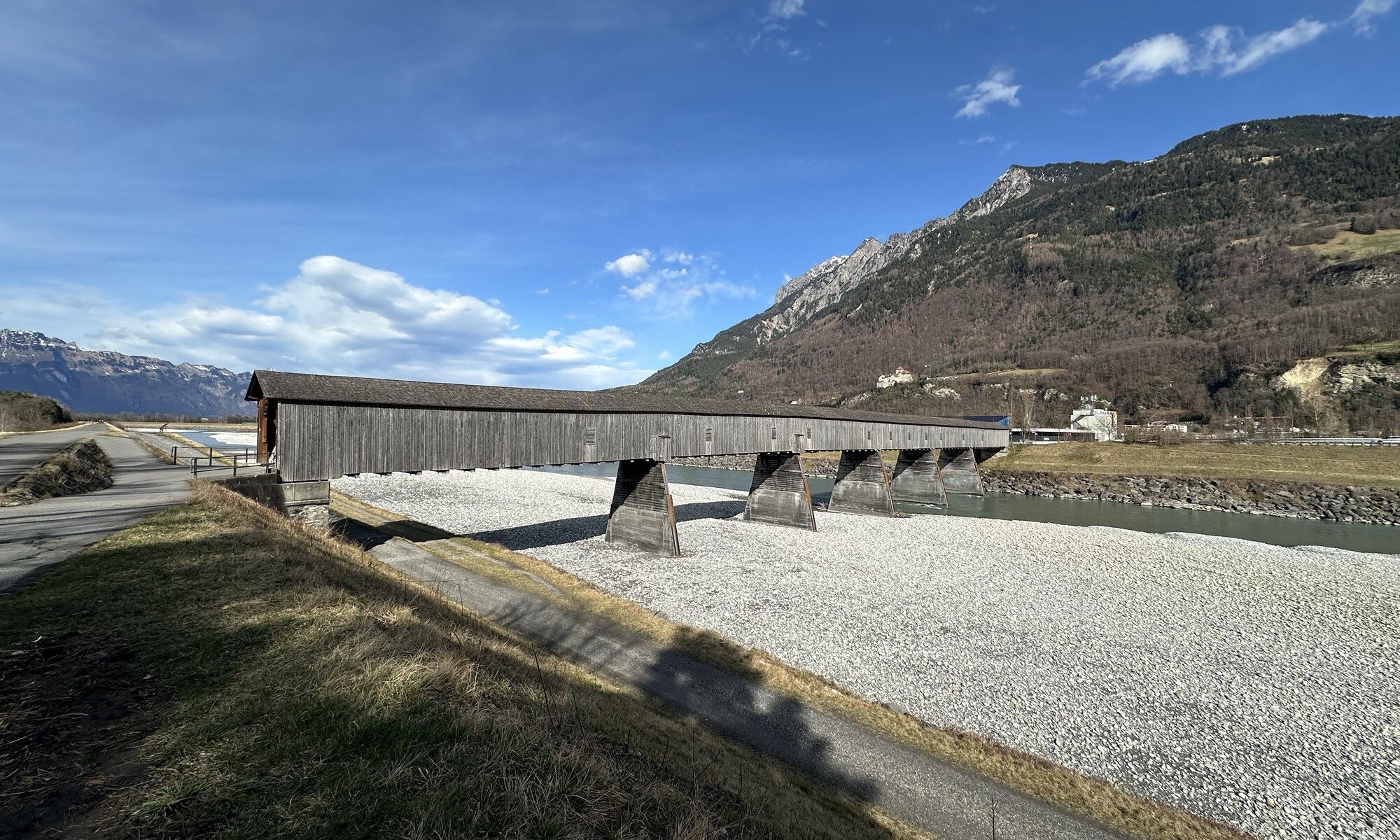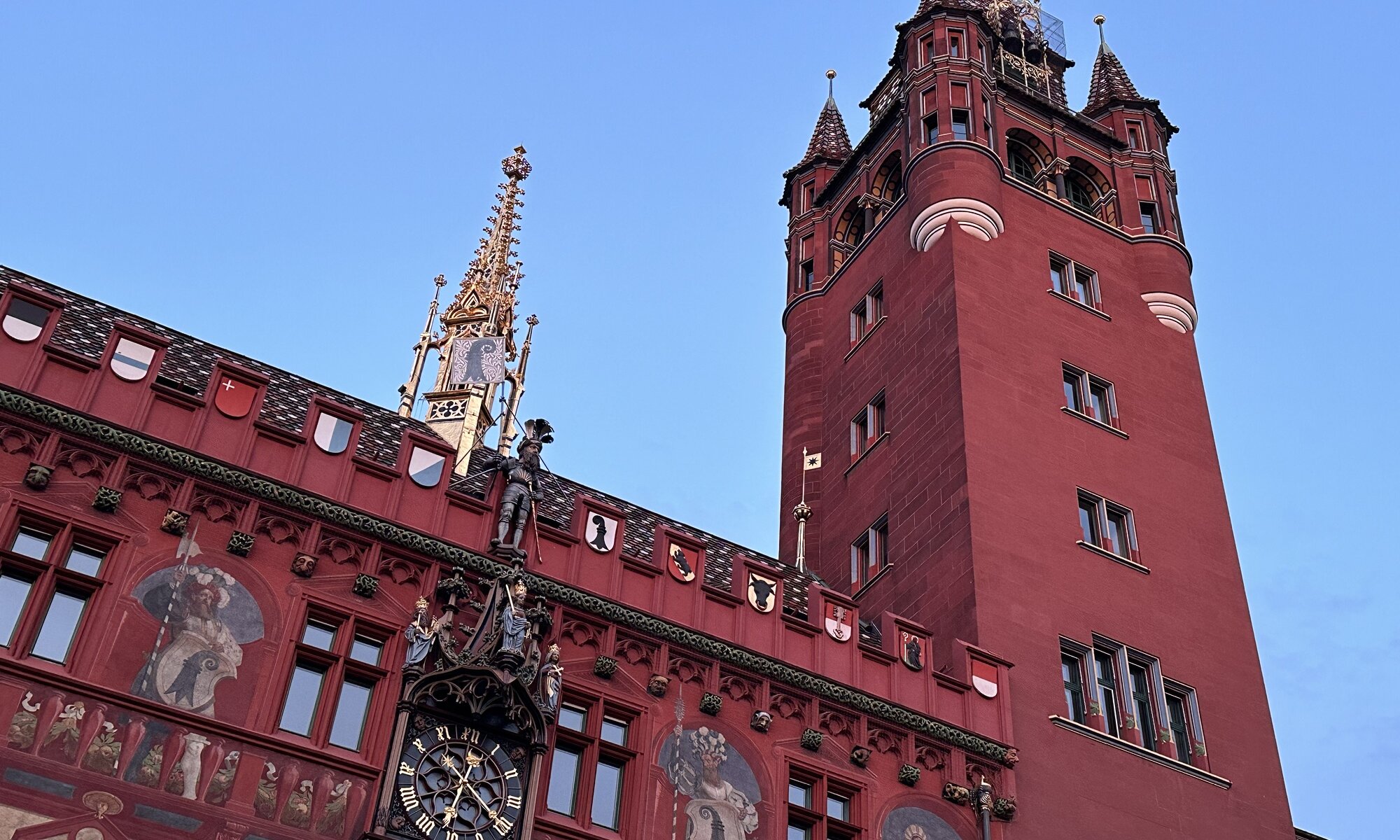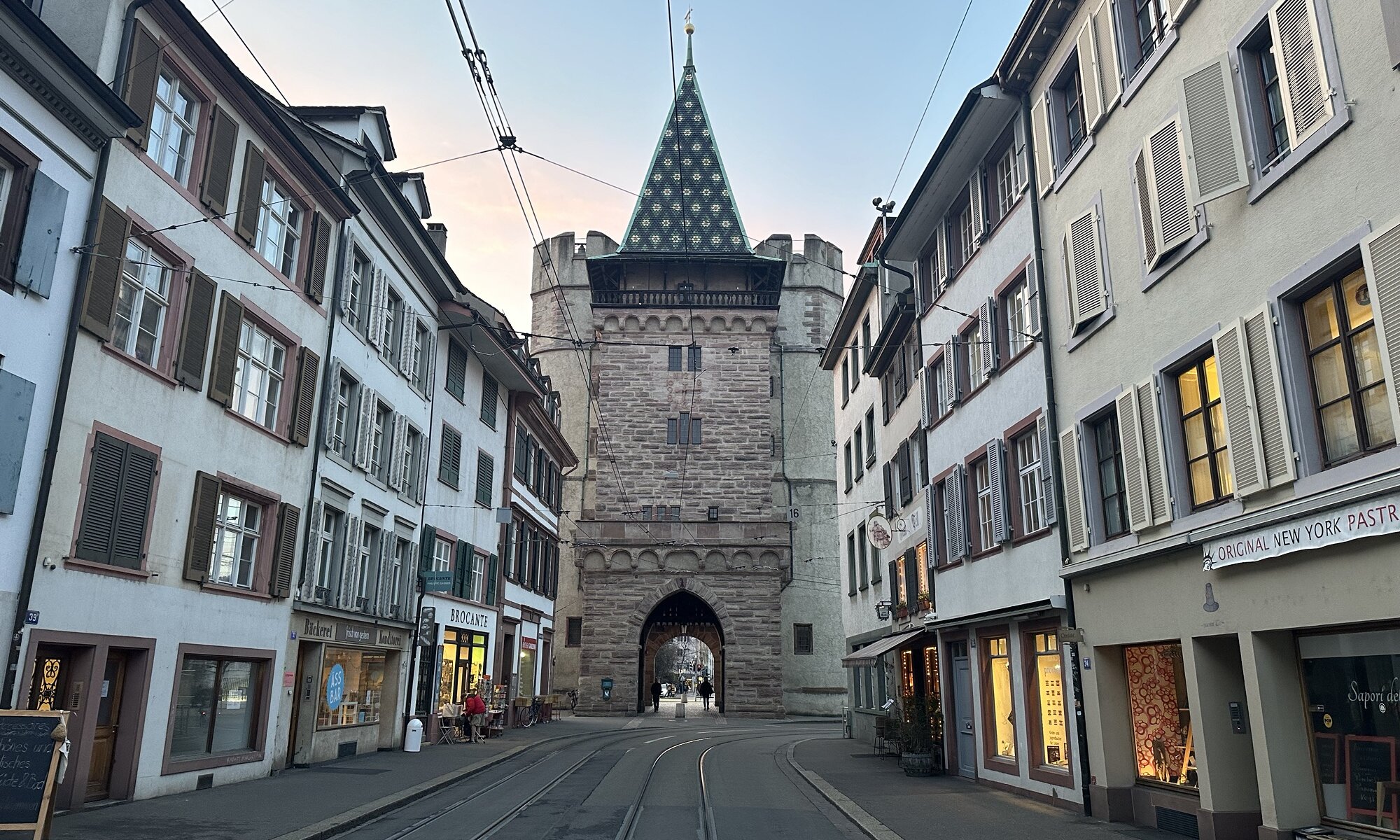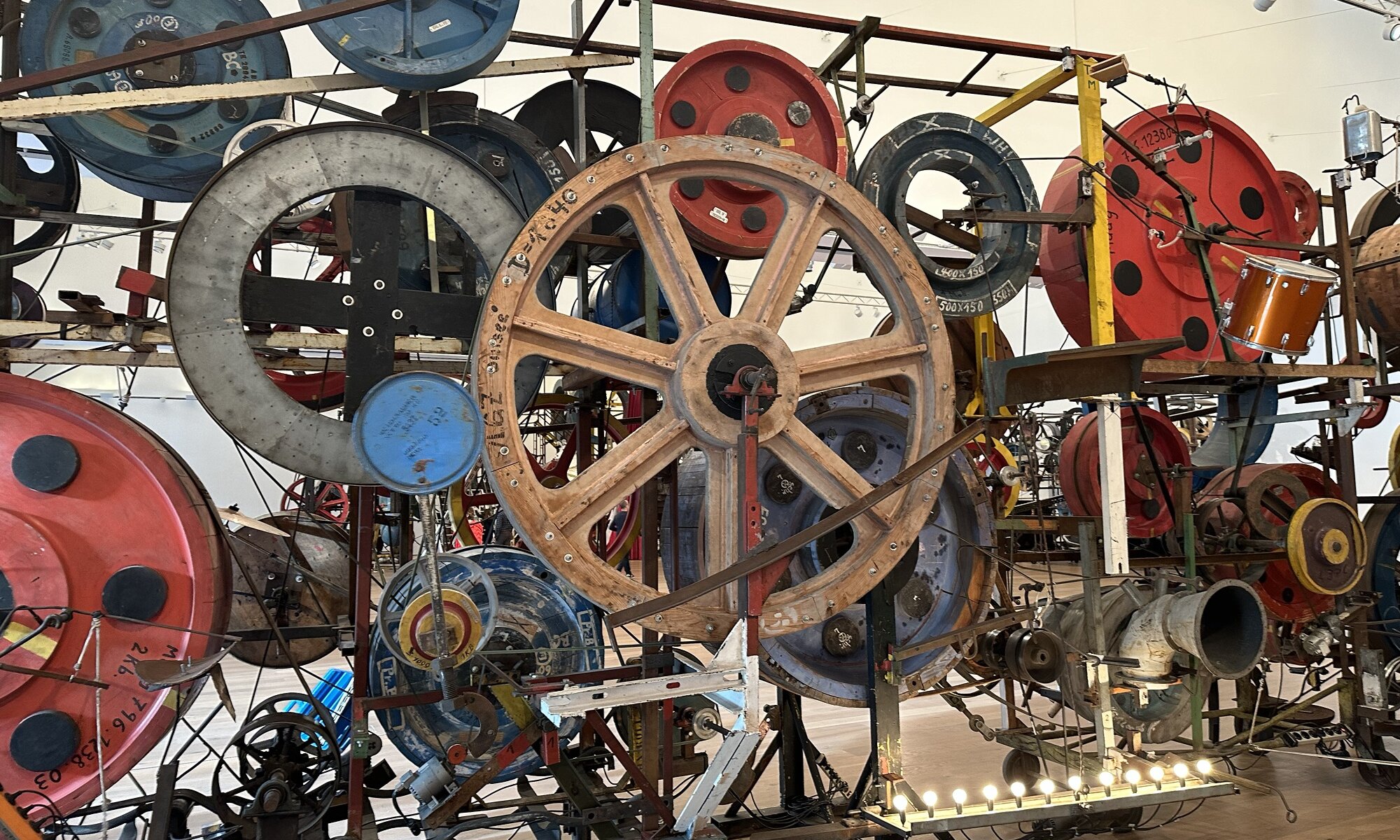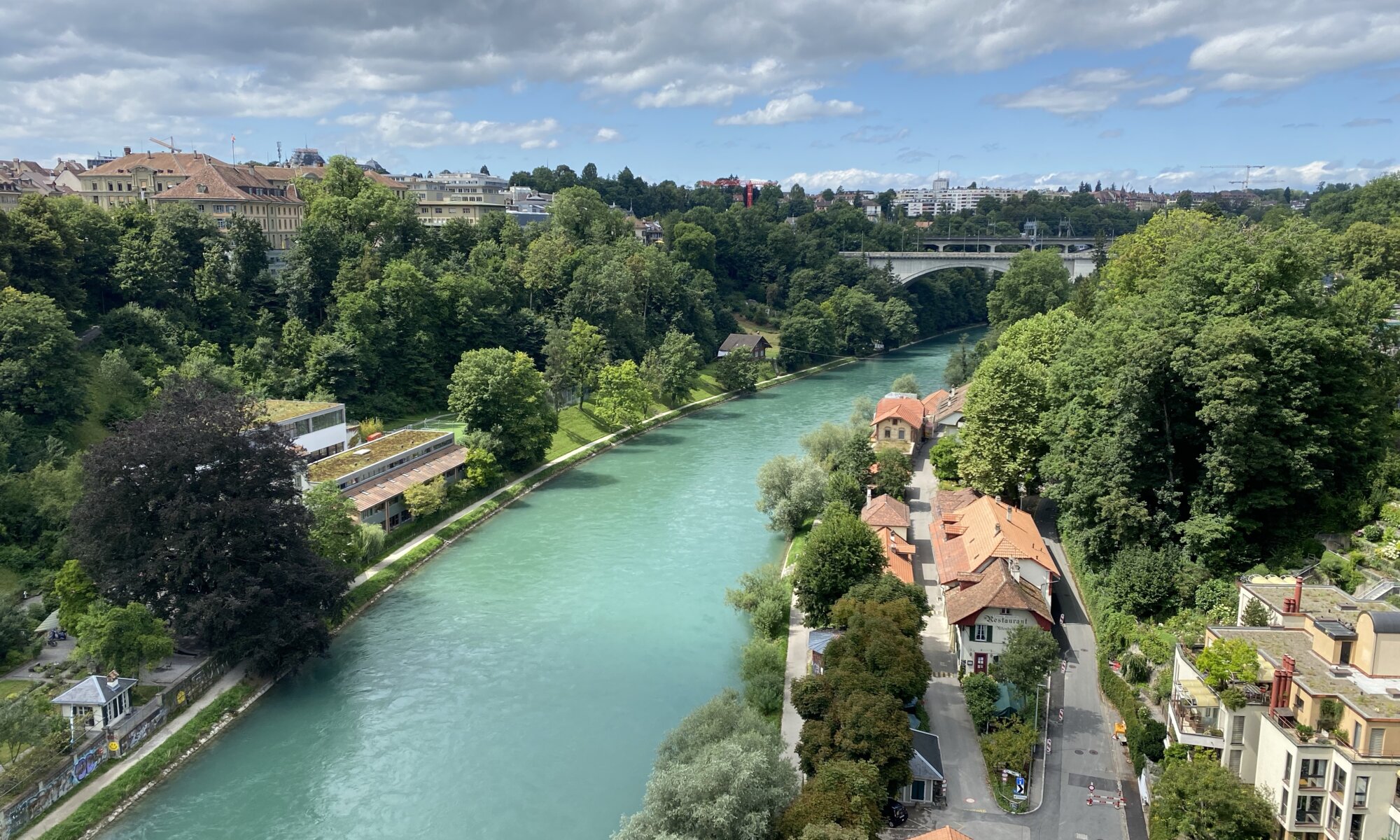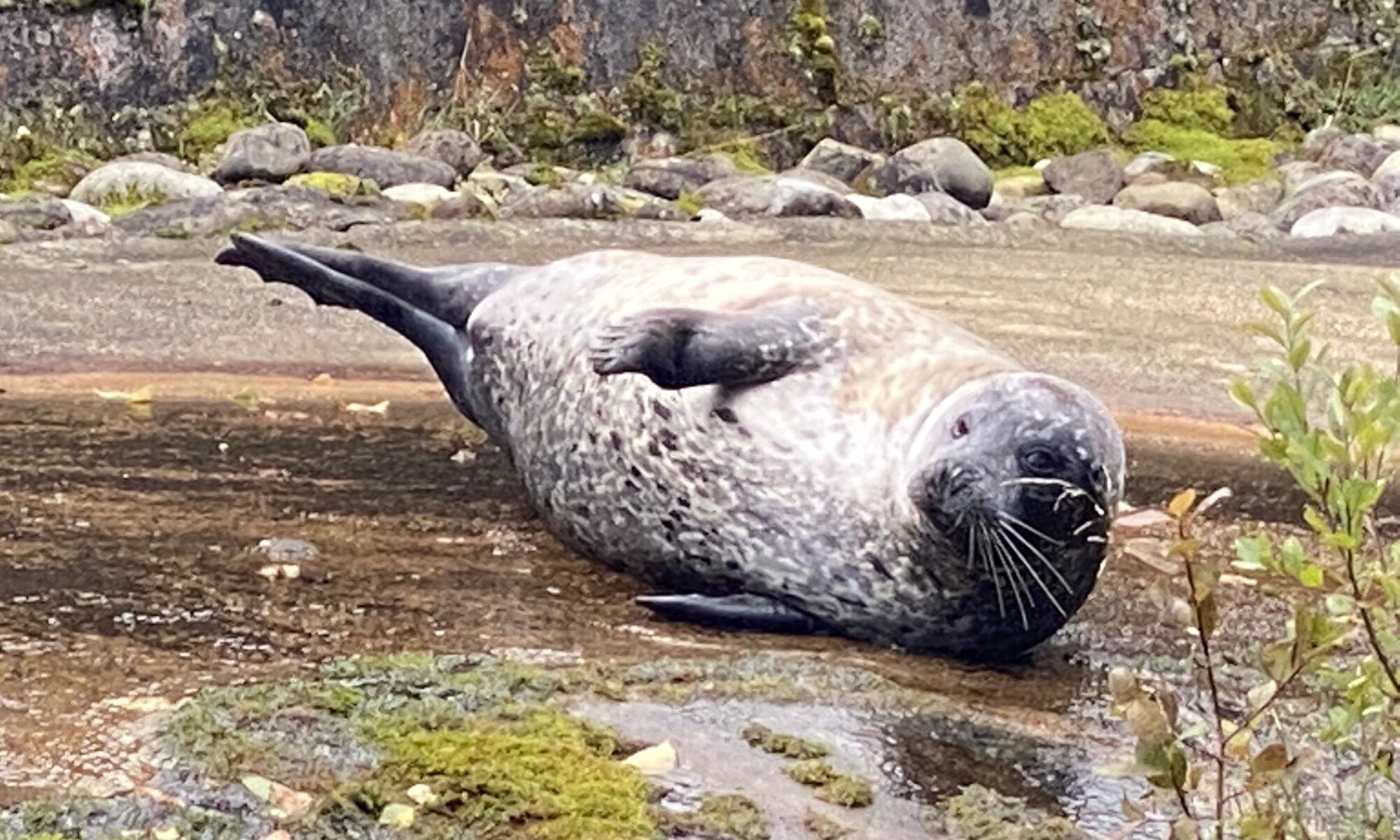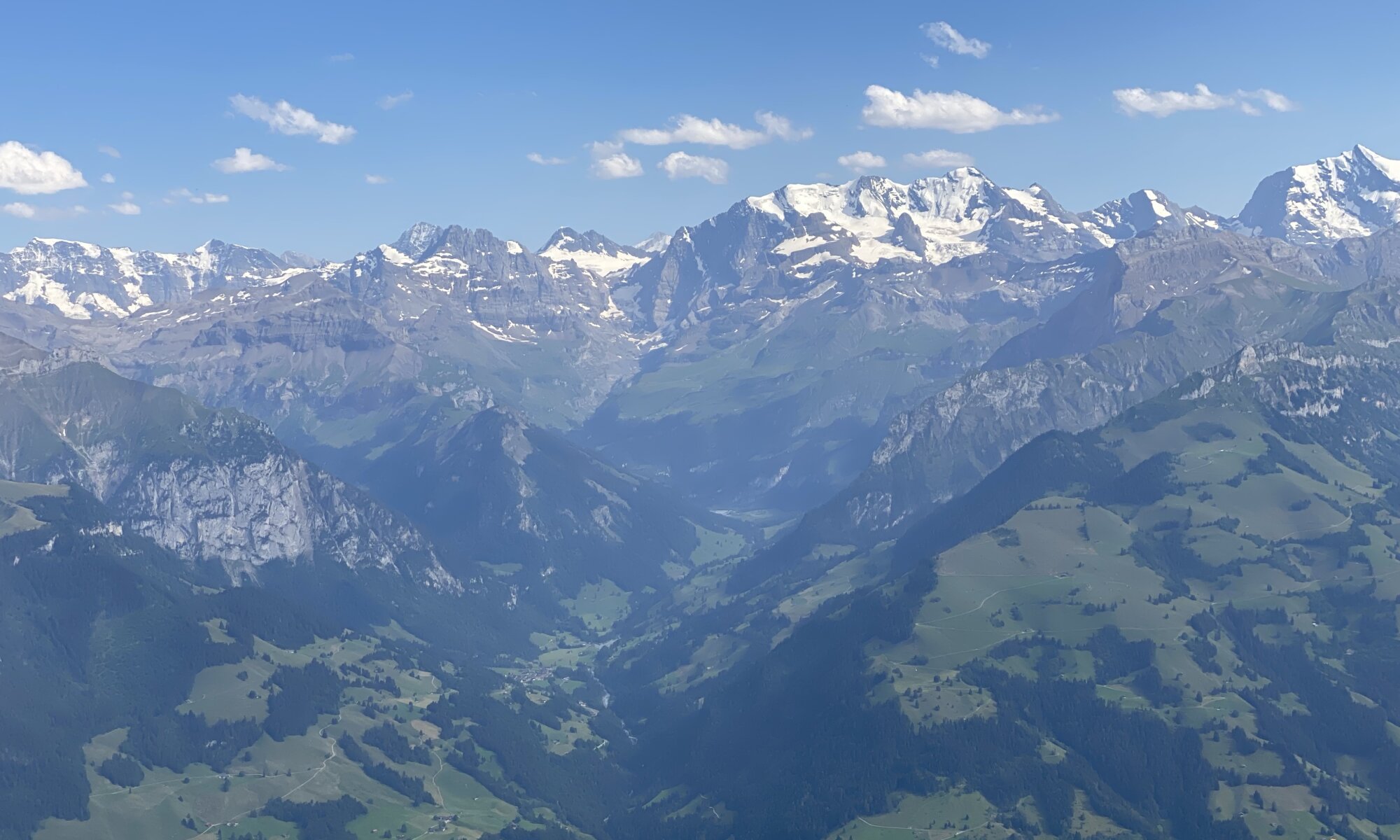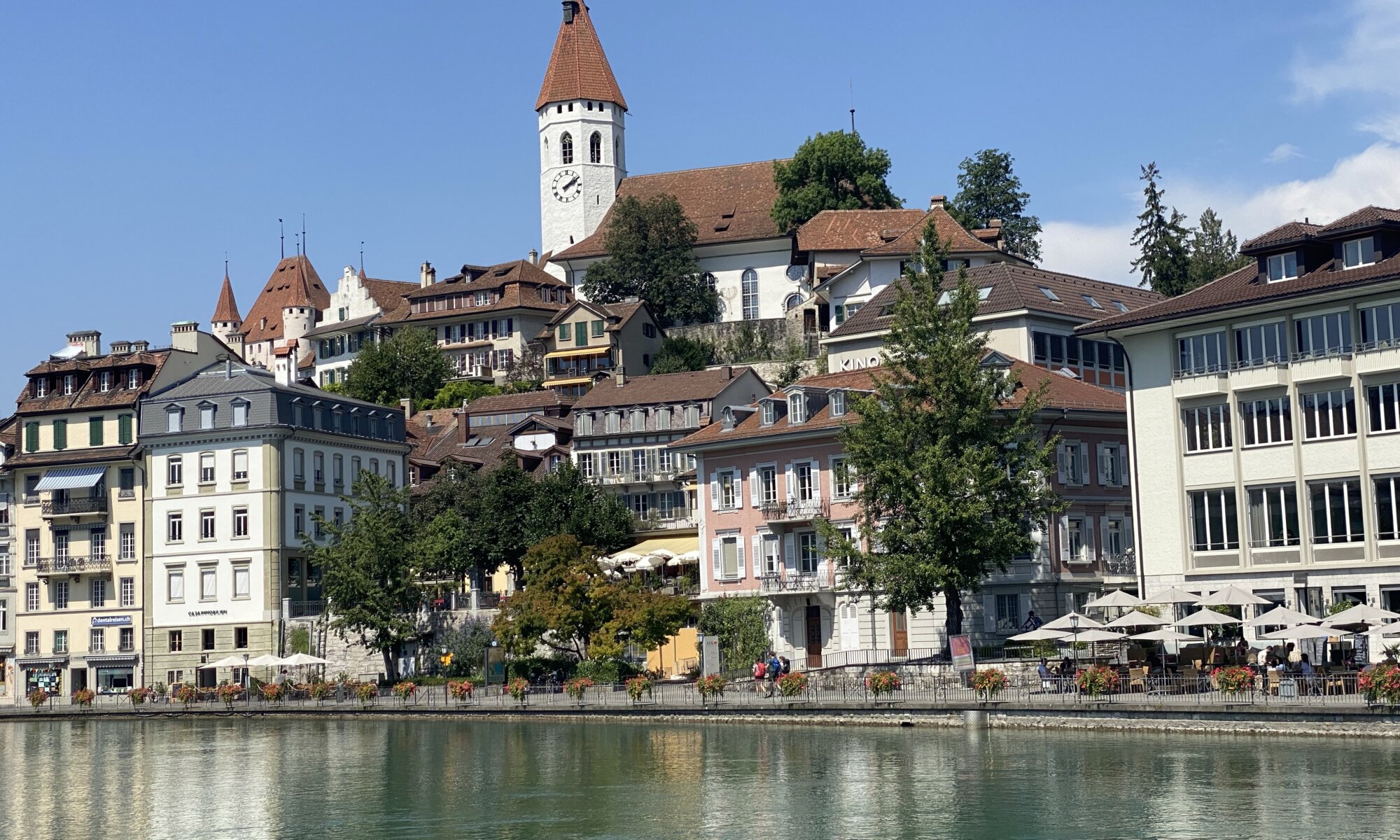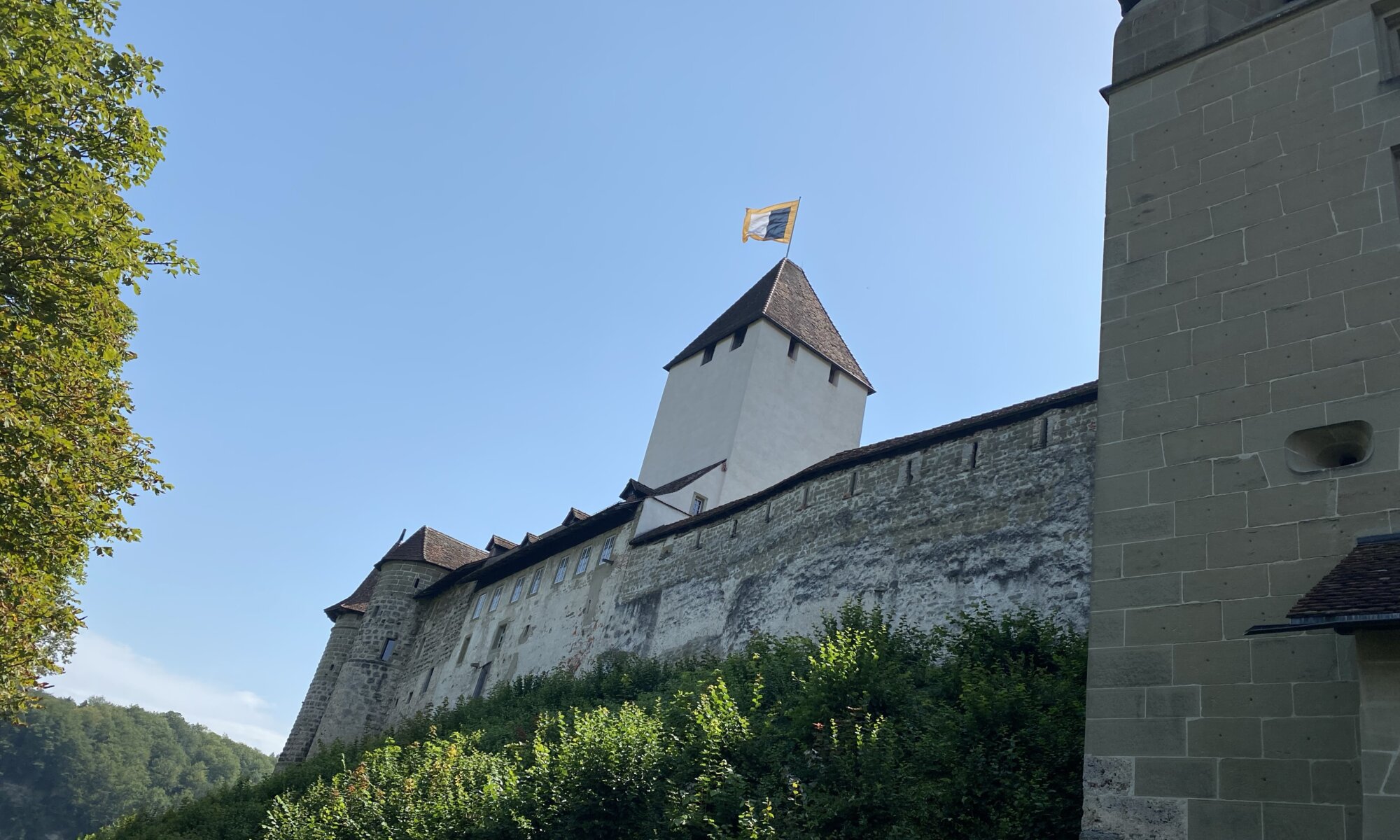The Rhein is 1232 kilometers long river collecting its waters in Switzerland, running through nine European countries, crossing two lakes (Lake Constance & Tomasee) and reaching the North Sea at the Netherlands. As one of the two main border rivers it is mostly known as a wide stream which is also used for shipping goods and people. No one would expect a waterfall within the Rhein – but there is one: at Schaffhausen in Switzerland. The Rheinfall is 150 meters wide and 23 meters deep. Next to it you can find the Schloss Laufen and the Schlössli Wörth, two nice little castles.
Continue reading “Rheinfall”Border crossing
Liechtenstein and Switzerland are separated from each other by river Rhein. For sure there was always the need to cross the river and in the beginning ferry boats were the vehicle of choice. In 1867 first bridges were created, for example between Buchs (Switzerland) and Schaan (Liechtenstein); three years later the connection between Vaduz and Sevelen was created for the very first time. As a pedestrian and cyclist you can use it still today – the last preserved wooden bridge crossing the Rhein.
Continue reading “Border crossing”Red sandstone
The town hall building of Basel is a very decorative one, very playful and especially absolutely colorful. It is located at the market square in the city center and not far away from river Rhein. It was built from the year 1504 on and has a height of 47 meters. You can enter the inner courtyard and walk up through a staircase that reminded me much of the architecture at Verona, Italy. The entire buildings contains many beautiful paintings, including those of Hans Holbein der Jüngere.
Continue reading “Red sandstone”Spalentor
Gates of German cities were really beautiful in the past. A good example for that is the Spalentor, the oldest of the three still standing ancient city gates of Basel (the others are the St. Johann and St. Alban gates). It was finished in the year 1400 CE and is one of the most beautiful in Switzerland with its two side towers and the decorated roof. The name is probably derived from the Latin word palus meaning pile – the Spalenvorstadt which the gates protects was in the beginning only protected by a fence of wooden piles.
Continue reading “Spalentor”Machinery
Jean Tinguely was a painter and sculptor from Switzerland. Most of his works can be easily recognized because they’re quite unusual: Tinguely often made sculptures looking like machines with moving parts and creating noise. A lot of them are exhibited in the Museum Tinguely at the shore of river Rhein at Basel. Inside the museum there are a lot of black buttons at the floor that you can push with your feet to activate Tinguelys inventions.
Continue reading “Machinery”Grüessech
For some years I tried to avoid trips to Switzerland. It is a nice country with beautiful nature, but the prices are just horrible. During the coronavirus pandemic in 2020 I was searching for places I could reach by train and as I’ve never seen the capital city of Switzerland, I booked my ticket. But then our Swiss neighbors held a large yodel festival (really!), and the infection numbers were increasing dramatically. Therefore, it took me another year before I could do the trip.
Continue reading “Grüessech”Dählhölzli
Visiting the zoological garden of Bern is quite a surprise. It is not a giant zoo, but a good one: focused on local and European animals and aiming for providing them a suitable environment. They reduced the number of animals to give them more space. Dählhölzi is a place that you can visit with a good conscience.
Continue reading “Dählhölzli”Swiss pyramid
The Niesen is a 2362 meters high mountain close to the Thunersee. It is a mountain that is easy to identify because of its special shape: the mountain looks like giant pyramid and creates a shadow in the form of a triangle. Amazing views await those that take the long and steep trip to its top. Since 1856 a restaurant can be found there, and people had to hike all the way – but in 1910 a funicular was opened, the Niesenbahn.
Continue reading “Swiss pyramid”Life at the water
I’ve never heard much about the city of Thun, Switzerland, so far. I just saw that trains from Germany run through it. But as I wanted to get closer to the Alps it looked like a perfect destination for a daytrip. Booking and using trains in Switzerland was so easy (thanks to the SBB smartphone app) that I did it several times during my short visit.
Continue reading “Life at the water”Schloss Burgdorf
To be honest, I just stumbled upon Schloss Burgdorf because of a silly thought: I had visited the Emmental – the valley of river Emme – to see how the famous Emmental cheese is made. But close to the cheese factory the river wasn’t visible and therefore on my way back I just jumped out of the train at a city called Burgdorf: to see the river forming the valley giving the cheese its name.
Continue reading “Schloss Burgdorf”